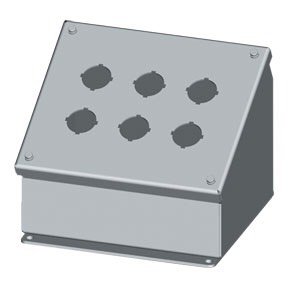H
Hukshawn
Forum Guest
Register Today
I changed my lathe to a dc motor and drive. The drive doesn’t have a reverse option, so I have my original barrel switch between the drive and the motor doing my fwd/stop/rev control and a small control box beside it doing main power and speed.
I’d like to change everything to one box with push buttons. I have some big contractors I gathered from a factory I worked in years ago. Definitely big enough to handle the amps (the motor will draw 20-25a max) but disconnecting dc at high amps can damage contacts as it tends to arc. Dc doesn’t want to let go cause it’s constant. Ac doesn’t have that problem because the sine wave passes 0 volts as it oscillates. I’m wondering if anyone has any experience with dc voltage and contractors. Should I expect burnt out contacts at some point? Or is it an unlikely problem?
I’d like to change everything to one box with push buttons. I have some big contractors I gathered from a factory I worked in years ago. Definitely big enough to handle the amps (the motor will draw 20-25a max) but disconnecting dc at high amps can damage contacts as it tends to arc. Dc doesn’t want to let go cause it’s constant. Ac doesn’t have that problem because the sine wave passes 0 volts as it oscillates. I’m wondering if anyone has any experience with dc voltage and contractors. Should I expect burnt out contacts at some point? Or is it an unlikely problem?


